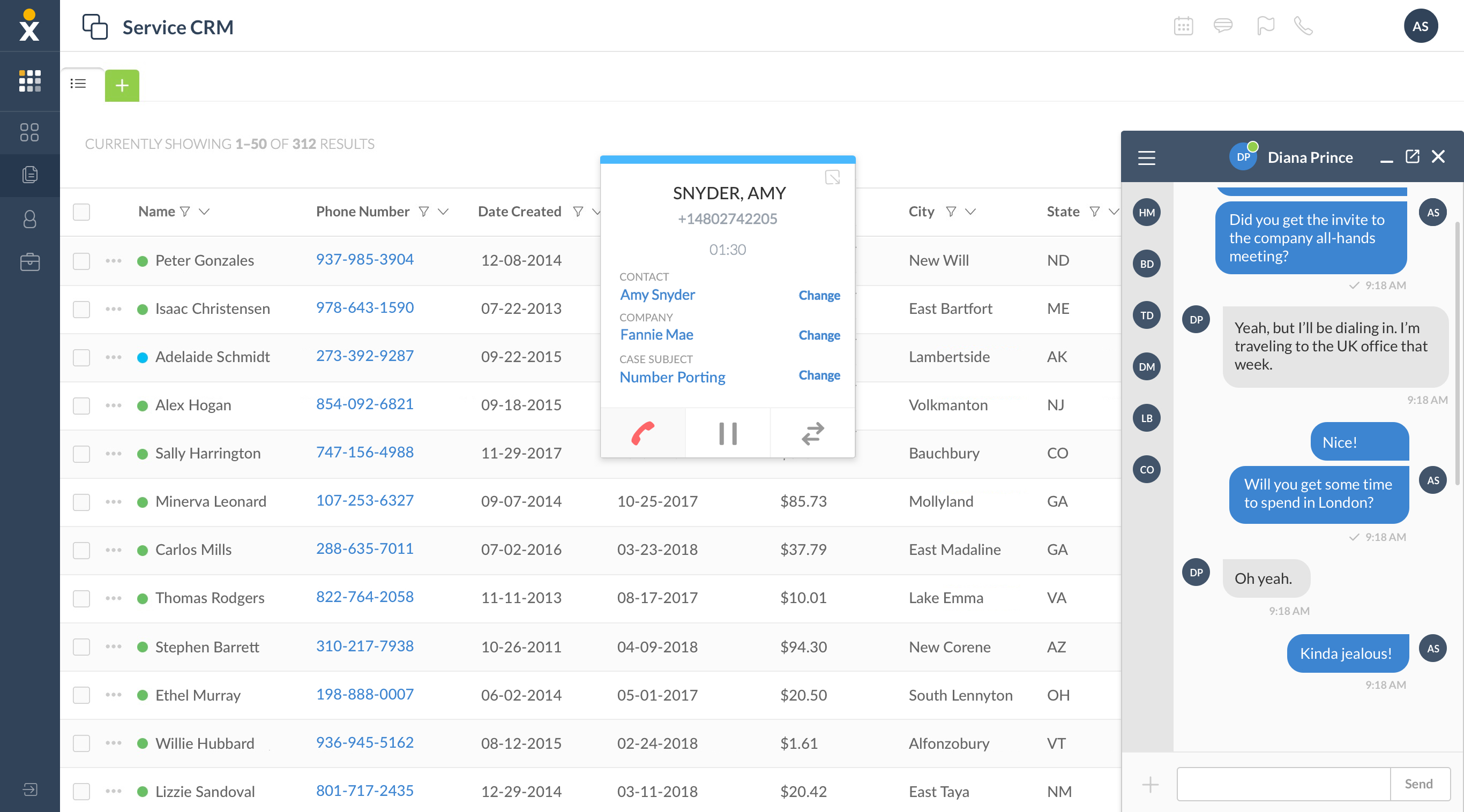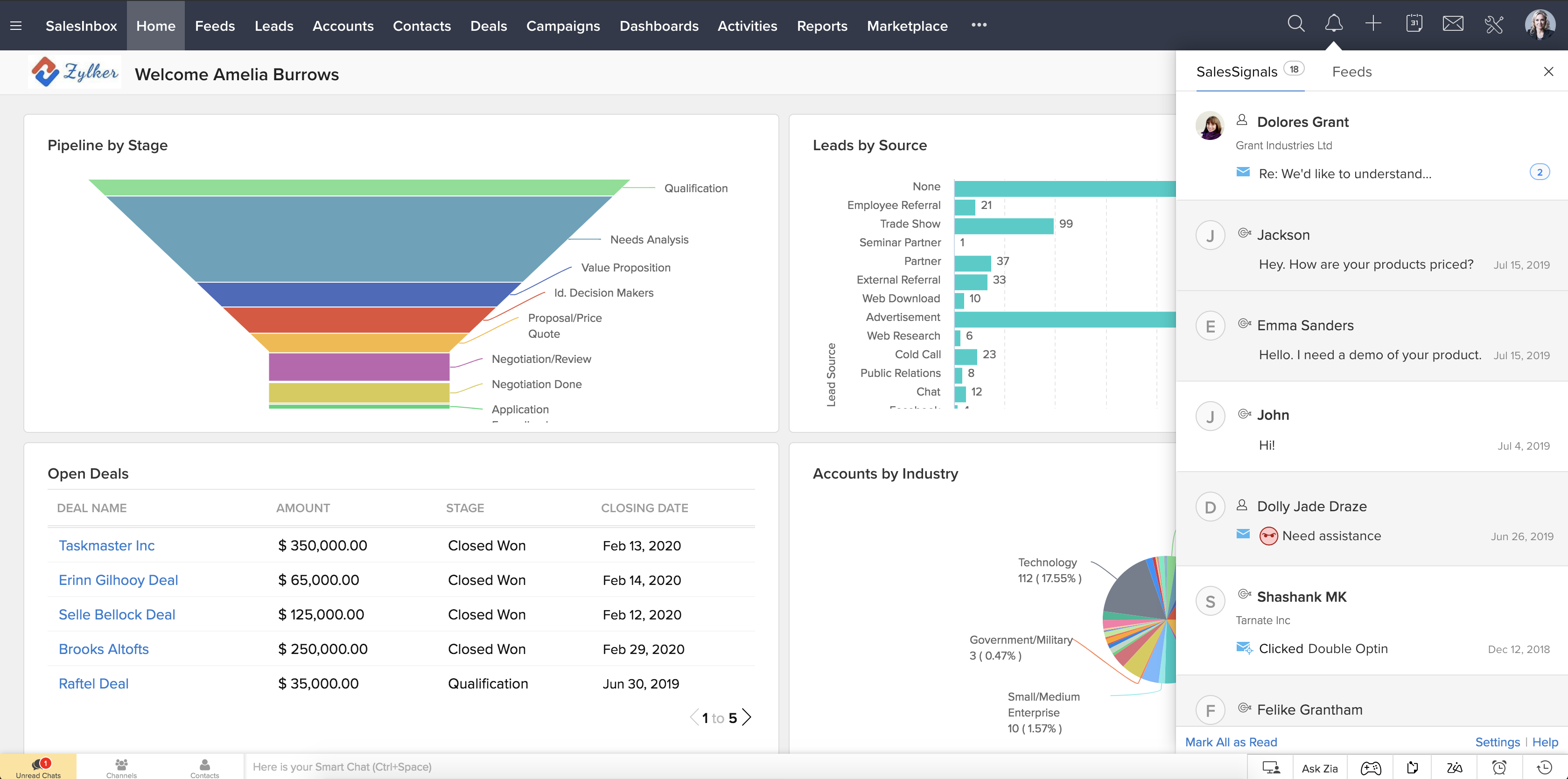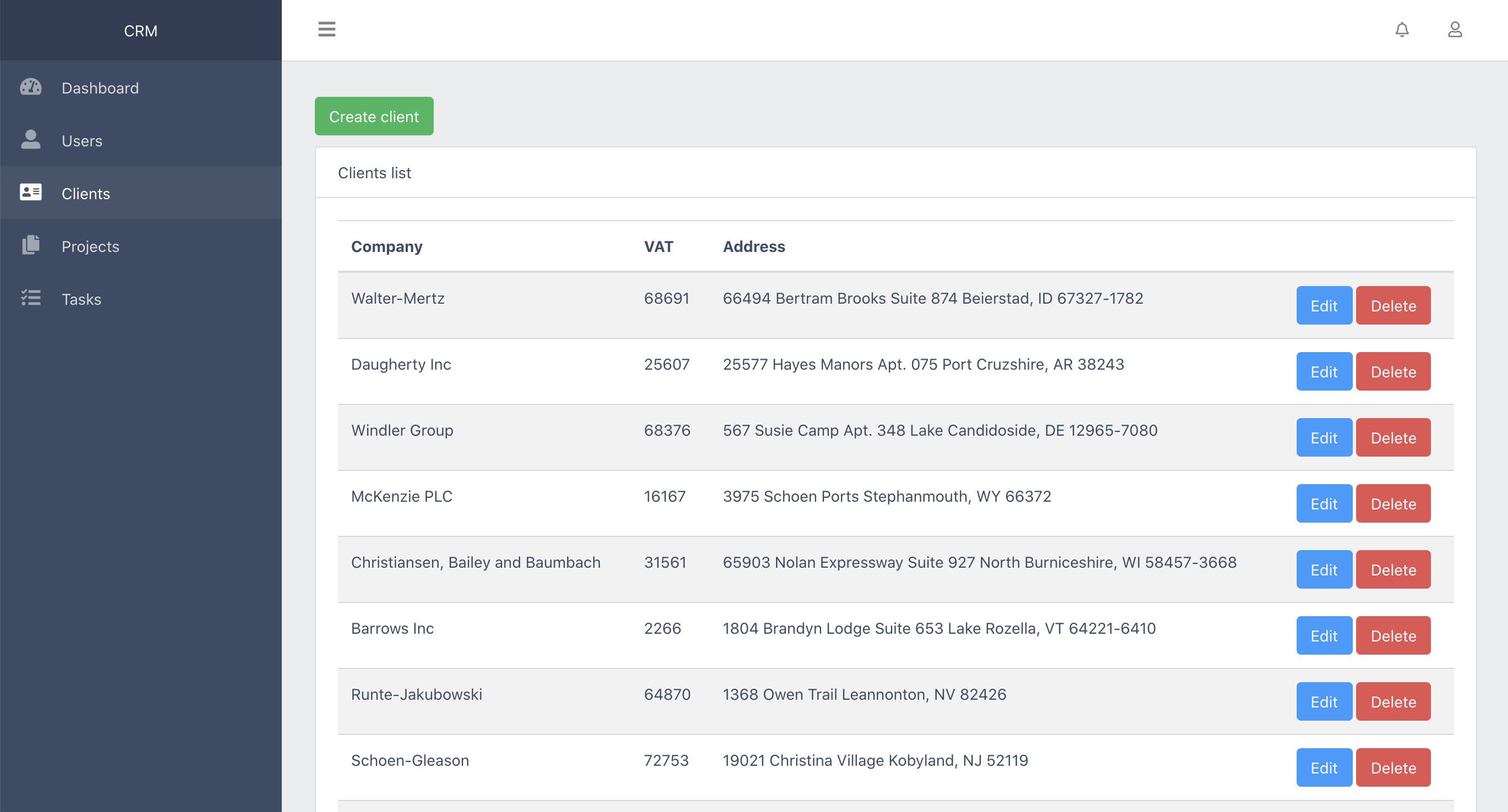Embark on an enlightening journey with our CRM software demo, where we unveil the transformative potential of customer relationship management. Discover the multifaceted benefits and delve into the diverse offerings available, empowering you to make informed decisions for your business.
Our comprehensive guide provides a roadmap for evaluating demos effectively, ensuring you select the ideal solution tailored to your unique requirements. Gain insights into best practices, common pitfalls to avoid, and a step-by-step approach to maximize your demo experience.
CRM Software Demo Overview

CRM software demos provide potential customers with an opportunity to experience the software’s functionality and capabilities firsthand. They can help businesses make informed decisions about whether a particular CRM system is the right fit for their needs.
There are different types of CRM software demos available, each with its own advantages and disadvantages. Some demos are live, while others are pre-recorded. Some demos are tailored to specific industries or business needs, while others are more general.
Popular CRM Software Providers and Their Demo Offerings, Crm software demo
- Salesforce offers a variety of demo options, including live demos, webinars, and self-guided tours.
- Microsoft Dynamics 365 offers both live and pre-recorded demos, as well as a free trial.
- Zoho CRM offers a free 15-day trial, as well as live demos and webinars.
- HubSpot CRM offers a free demo, as well as a variety of resources and training materials.
- Oracle NetSuite CRM offers a free demo, as well as a variety of industry-specific demos.
Demo Content

The content of a CRM software demo should be tailored to the specific needs of the target audience. However, there are some essential elements that should be covered in every demo.
These elements include:
- An overview of the CRM software’s key features and benefits
- A demonstration of how the software can be used to solve specific business challenges
- A discussion of the software’s pricing and implementation options
When demonstrating the software’s features and functionalities, it is important to choose specific examples that are relevant to the target audience. For example, if the target audience is a sales team, the demo should focus on features that can help the team close more deals.
These features might include:
- Contact management
- Lead tracking
- Opportunity management
- Sales forecasting
The demo should also include a discussion of the software’s pricing and implementation options. This information will help the target audience make an informed decision about whether or not to purchase the software.
Tailoring the Demo Content
The content of a CRM software demo should be tailored to the specific needs of the target audience. This means considering the following factors:
- The target audience’s industry
- The target audience’s size
- The target audience’s budget
- The target audience’s pain points
By considering these factors, you can ensure that the demo content is relevant and engaging to the target audience.
Demo Presentation

An effective CRM software demo can make all the difference in persuading potential customers to choose your solution. Here are some techniques to help you deliver a compelling presentation:
Start by understanding your audience’s needs and pain points. Tailor your demo to address their specific challenges and show how your CRM software can help them overcome them.
Tips for Engaging the Audience
- Use real-life examples and case studies to illustrate the benefits of your software.
- Encourage audience participation by asking questions and inviting them to share their thoughts.
- Keep your demo concise and focused, highlighting the key features and functionality.
- Use visual aids such as slides, videos, and demos to make your presentation more engaging.
- Provide ample time for questions and allow the audience to explore the software firsthand.
Building Rapport
Building rapport with your audience is crucial for a successful demo. Here are some tips:
- Be friendly, approachable, and enthusiastic.
- Personalize your presentation by addressing the audience by name and using their company’s logo.
- Show empathy and understanding by listening attentively to their needs and concerns.
- Use humor appropriately to lighten the mood and make your presentation more memorable.
Sample Demo Script
Here is a sample script you can use for a successful demo presentation:
- Introduction:Introduce yourself, your company, and the CRM software you’re presenting.
- Overview:Give a brief overview of the key features and benefits of your software.
- Demonstration:Walk the audience through a live demo of the software, showcasing its functionality.
- Case Study:Share a case study or testimonial from a customer who has successfully used your software.
- Q&A:Open the floor for questions and allow the audience to explore the software firsthand.
- Call to Action:End your presentation with a clear call to action, such as scheduling a follow-up meeting or requesting a free trial.
Demo Follow-Up: Crm Software Demo
Following up after a CRM software demo is crucial to ensure that the prospect has a positive experience and is provided with all the necessary information to make an informed decision. Here’s why follow-up is important:
It demonstrates that you value their time and interest, and that you are committed to providing them with the best possible service.
It provides an opportunity to address any questions or concerns they may have, and to clarify any points that were not fully understood during the demo.
It allows you to reiterate the key benefits of your CRM software and how it can help them achieve their business goals.
It helps to build a relationship with the prospect and increase the likelihood of them choosing your CRM software.
Key Steps to Take After the Demo
- Send a thank-you email to the prospect, expressing your appreciation for their time and interest.
- Summarize the key points of the demo and highlight the benefits of your CRM software.
- Address any questions or concerns raised during the demo.
- Provide additional information or resources that may be helpful to the prospect.
- Schedule a follow-up meeting or call to discuss their needs in more detail.
- Stay in touch with the prospect and provide them with regular updates on your CRM software.
Best Practices for Addressing Questions and Concerns
- Listen carefully to the prospect’s questions and concerns.
- Be patient and understanding, and avoid interrupting them.
- Provide clear and concise answers, using specific examples whenever possible.
- If you don’t know the answer to a question, be honest and offer to find out the information.
- Address any concerns directly and honestly.
- Don’t be afraid to ask for clarification if you don’t understand a question.
Final Review

Harness the power of CRM software and elevate your customer interactions to new heights. Our demo will provide you with the knowledge and tools to optimize your sales, marketing, and service operations. By embracing the insights gained from this guide, you can confidently navigate the CRM landscape and unlock the full potential of customer relationship management.